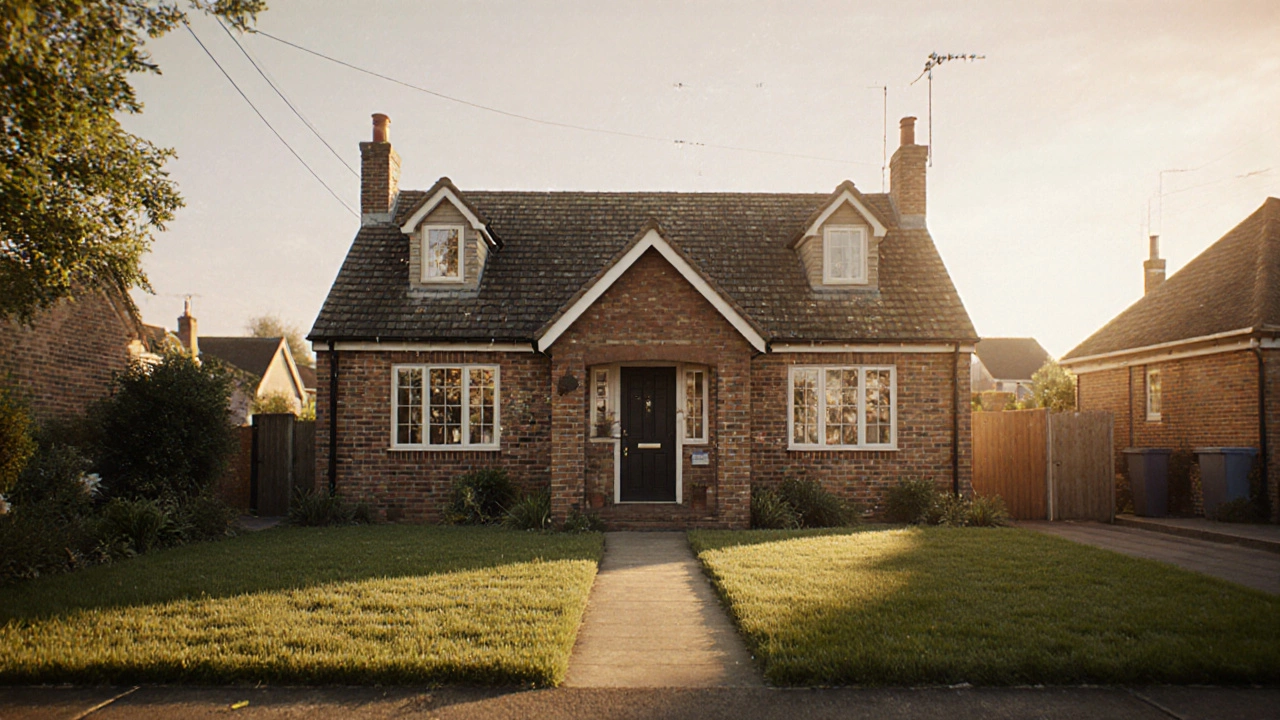FHA Approved House: What You Need to Know
When searching for a FHA approved house, a property that meets the Federal Housing Administration’s eligibility rules, you’re looking at a specific slice of the market designed for low‑to‑moderate‑income buyers. FHA approved house listings usually highlight safe structures, acceptable property types and required condition standards. In short, the house itself must pass a checklist that includes everything from roof integrity to proper heating. This means you won’t waste time on homes that later fail the agency’s inspection.
Key Pieces of the FHA Puzzle
To buy such a home you’ll usually need an FHA loan, a government‑backed mortgage that offers lower down‑payment thresholds and a credit score, the numerical measure lenders use to assess borrower risk that meets the agency’s minimum. The FHA loan criteria directly influence whether a house can be labeled “approved.” In other words, FHA approved house encompasses FHA loan eligibility. If your score falls short, the loan may be denied even if the property itself checks every box.
Another piece of the puzzle is mortgage insurance, an upfront or monthly premium that protects the lender if you default. This insurance isn’t optional – it’s required for any FHA‑backed financing. Because it adds to your monthly out‑go, many buyers underestimate its impact on affordability. Mortgage insurance influences total loan cost, so budgeting for it early can keep you from surprise shortfalls later.
Down‑payment expectations also differ from conventional mortgages. The FHA allows as little as 3.5% of the purchase price, which opens the door for buyers who haven’t saved a large deposit. However, that lower barrier comes with stricter property condition rules. A fixer‑upper might be appealing, but if it fails the FHA’s safety and livability standards, it won’t qualify.
Now, let’s talk about what can knock you out of the running. Common disqualifiers include a credit score below 580 (or a higher down‑payment if it’s lower), a debt‑to‑income ratio above 43%, or a history of recent bankruptcy that hasn’t been resolved for the required period. Property‑related issues such as improper zoning, poor drainage, or missing safety equipment also lead to rejection. Understanding these red flags helps you avoid costly re‑applications.
Many first‑time buyers wonder whether they can combine FHA financing with local assistance programs. The answer is often yes – several state and city initiatives offer grants that cover part of the down‑payment or help pay the mortgage insurance premium. When you pair an FHA approved house with a down‑payment assistance plan, you tighten your cash flow and boost approval odds.
Finally, remember that the FHA’s guidelines are not static. They adjust to market conditions, and the agency periodically updates its property standards. Staying current on these changes ensures the house you fall in love with stays eligible. Below, you’ll find articles that break down budgeting for mortgage insurance, navigating credit score hurdles, and spotting disqualification traps before you submit an application. Dive into the resources to turn the “FHA approved house” concept from theory into your next front‑door reality.
